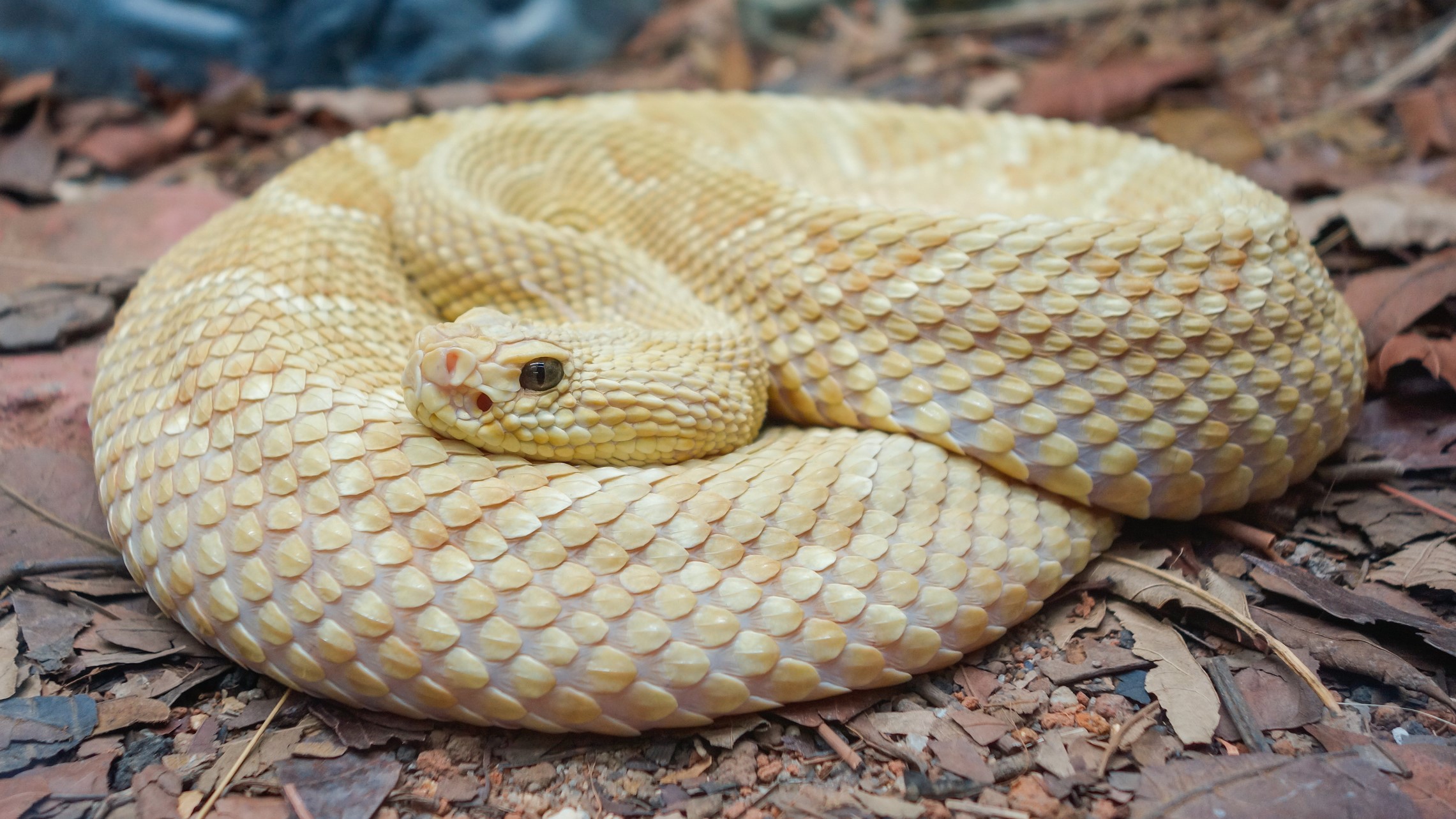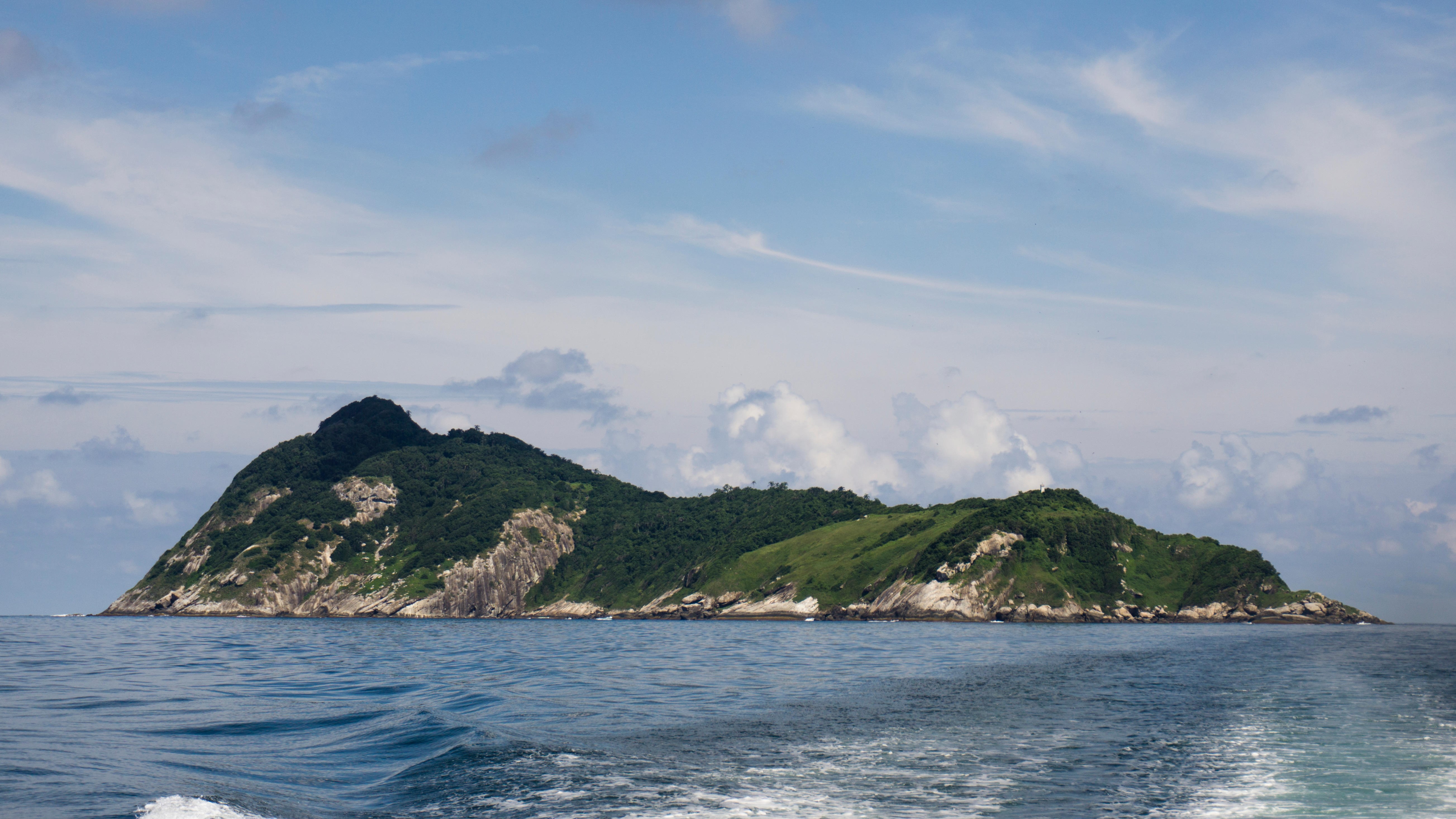
Name: Snake Island
Location: Atlantic Ocean off the coast of São Paulo state, Brazil
Coordinates: -24.484043070527676, -46.67561478998516
Why it's incredible: The island is so dangerous, only the Brazilian navy and scientists with special permits are allowed access.
Snake Island is a small, forested island off the coast of Brazil that writhes with thousands of venomous vipers. The snakes, which grow up to 3.9 feet (1.2 meters) long, are golden lancehead pit vipers (Bothrops insularis). They are so venomous, the Brazilian navy has closed the island to the public since the 1920s.
The island sits about 21 miles (34 kilometers) off the coast of southeastern Brazil and covers an area of 106 acres (43 hectares), which is equivalent to about 80 American football fields. Rainforest blankets more than half of the island, while the rest is barren rock and grassland.
Snake Island was once connected to the mainland, but rising sea levels submerged the land bridge around 10,000 years ago, at the end of the last ice age. This separation trapped a population of golden lanceheads on the island, where the snakes rapidly adapted to the conditions and multiplied. Their venom has evolved to kill the species that were trapped with them, as well as migratory birds.
Related: Which country has the most islands?
Snake Island is devoid of mammals, so golden lanceheads have no natural predators; their venom is intended for hunting prey, rather than for defense. Research suggests their venom is the fastest-acting of any lancehead snake (Bothrops) and five times as potent as that of a closely related species (Bothrops jararaca) that lives on the mainland, likely because catching birds requires a swift kill.

Golden lancehead venom is fast-acting in humans, too. Bites cause symptoms ranging from local pain and swelling to nausea, intestinal bleeding, kidney failure and tissue death. Despite these risks, a few people inhabited Snake Island until the 1920s to operate a lighthouse that was built in 1909. While it's likely the last people left when the lighthouse became automated, local rumors suggest the last keeper and his family died from the bites of snakes that slinked into their home through a window.
Researchers estimate that between 2,000 and 4,000 golden lanceheads live on Snake Island. The species has not been found anywhere else in the world and is listed as critically endangered on the IUCN Red List.
Snake Island has been protected as an area of ecological interest since 1985; only the Brazilian navy and research teams with special waivers are permitted to access the island. But poachers have also made their way to the island to catch snakes and extract their venom, which is highly prized on the black market, according to BBC Science Focus. Scientists think the number of these snakes is decreasing partly due to this illegal trade, but also due to disease and inbreeding.







